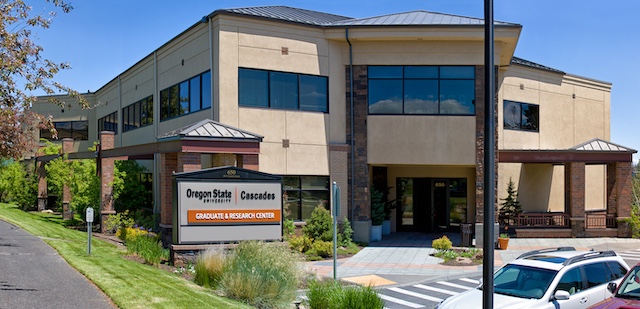Amazon centers fail to establish broad job growth
Published 12:00 am Sunday, February 11, 2018
SEATTLE — When Amazon discloses its plans to build a warehouse, the news release is predictable.
An Amazon executive cites the number of jobs that the company plans to fill. Elected officials thank Amazon and praise the vibrancy of their business community. And, sometimes, they predict benefits that will flow from Amazon’s investment.
Trending
Middletown, Del., Mayor Kenneth Branner, for example, said an Amazon facility announced in 2012 would “be a jump-start to our economy and bring additional employment growth to our area.”
A study challenges that premise, finding that counties that house a new Amazon depot show no growth in the number of total jobs in the wider economy during the two years after a facility’s opening.
“Amazon, when it opens a fulfillment center, does add warehousing jobs,” said Ben Zipperer, an economist at the Economic Policy Institute and a co-author of the study released last week, using Amazon’s term for its warehouses, which tend to employ between 500 and 1,500 people each. “But those don’t really translate to any sort of broad-based economic growth in the county that they open the centers in.”
In the absence of an obvious hiring boom, the study’s authors contend that mayors and state officials should refrain from spending public dollars and providing tax breaks to secure Amazon’s commitment to build warehouses in their region.
The Seattle company’s warehousing footprint has expanded in recent years, as Amazon placed depots closer to major population centers to deliver packages quicker and cheaper. The company had fewer than 10 centers through the mid-2000s, the study says, and was nearing 100 by the end of 2017.
In the process, the company has become the second-largest U.S.-based employer, trailing only Walmart. Critics have scrutinized the high-pressure working conditions present in its warehousing arm, as well as the public subsidies spent to lure warehouses in the first place.
Trending
Amazon pushed back against the EPI study.
The company says it employed more than 200,000 people in the United States in 2016, and estimates that its spending led to the creation of another 200,000 jobs outside the company, including temporary construction jobs.








